Description
Why Should I Varnish My Painting?
Unify surface quality:
Most of us have been in this situation before – our painting has finally reached a point of completion, it’s dry and ready to be sent off but you’ve noticed that the surface quality is uneven – there are glossy areas in some parts of the painting and matte areas in others. Also, the darker values of the painting have lost some of their saturation and depth. This is quite common. Oil colours naturally dry to varying surface qualities, as different pigments require different amounts of oil binder. Also, using painting mediums in some areas of the painting may exaggerate these variations. Perhaps the painting was done on absorbent, acrylic ground (“gesso”) which pulls oil away from subsequent paint layers. Not to worry…these issues of surface quality and colour saturation can easily be remedied through the application of final varnish.
Whether you “oil out” the painting or not, varnishing is the best way of unifying the dry paint layers with the desired surface quality for your work. But what type of surface is right for the painting? High gloss? Dead matte? Something in between? Finding the appropriate surface quality is a very personal choice. Gloss surfaces beautifully saturate dry paint layers and increase the sense of depth in paintings. Matte surfaces give paint layers a very direct appearance but can lighten the darkest values of a painting. Historically, representational painters preferred a gloss surface because of the increased sense of depth. Abstract painters adopted matte surfaces to enhance the physicality of paint layers. This, of course, is an over-generalization. What’s most important is that you find the right surface quality for your work.
Protect your painting:
It is generally recommended that finished paintings are varnished unless the artist truly dislikes the look. Unvarnished paintings are vulnerable to ageing in ways that varnished paintings are not. Very few, if any, private collectors keep their homes at the uncontaminated levels and controlled climates that museums do.
There are two important criteria that a quality picture varnish must have – first, the varnish must be water-clear to not change or alter the colour scheme of the painting below. Second, the varnish must be easily removable in the future. The top-most layer of any painting will ultimately take on a layer of dust and dirt. Varnishes provide a non-porous layer that prevents dust and dirt from being embedded in the more porous paint layers beneath.
When to varnish:
For most paintings, there is no need to wait for 6 to 12 months before varnishing with Gamvar. Gamvar can be applied when the thickest areas of your painting are firm. Gently press your fingernail into the thickest area of paint. If it is firm underneath the surface, then it is ready for varnishing. Gamvar may be brush applied when the painting is dry to the touch and firm in its thickest areas. A thinly brushed oil painting with few layers may be ready to varnish with Gamvar in as little as 2-3 weeks. Painting with thicker texture may require 1-2 months, depending on the level of thickness.
Does my varnish need UVLS?:
Gamvar does not protect against UV light exposure and does not contain Ultraviolet Light Filters and Stabilizers (UVLS) for protection against the harmful effects of ultraviolet radiation. If one paints with lightfast colours, UV light should be of no concern. Colours with an ASTM Lightfastness rating of I or II do not require further protection from UV light. A highly lightfast colour does not fade with age, even when exposed to constant sunlight. Only one Gamblin colour, Alizarin Crimson, has a Lightfastness III rating (Fair) which has potential to fade. We offer a lightfast alternative, Alizarin Permanent (rated I, Excellent).
Gamvar Approximate Coverage Guide
A little goes a long way!
- 124 ml (4.2 fl oz): covers approx. 7.4 m².
- 250 ml (8.5 fl oz): covers approx. 14.9 m².
- 500 ml (16.9 fl oz): covers approx. 29.7 m².
What types of artwork can Gamvar be applied to?
Gamvar is an excellent varnish for both oil and acrylic*** paintings.
Gamvar can also be applied to paintings made with water-mixable oil colour.
Gamvar can be used on paintings that have gold or metal leaf incorporated into the artwork. Gamvar Gloss is the best choice in this scenario, as both Gamvar Satin and Gamvar Matte contain matting agents that will detract from the reflective quality of the metal leaf.
Gamvar is not a suitable choice for watercolor or gouache paintings.
*** DISCLAIMER for acrylic artwork: Some acrylic paintings may require applying an isolation coat before varnishing to keep the varnish from sinking in or drying unevenly. An isolation coat/barrier can help prevent the occurrence of a streaky or blotchy sheen to the varnished acrylic painting.









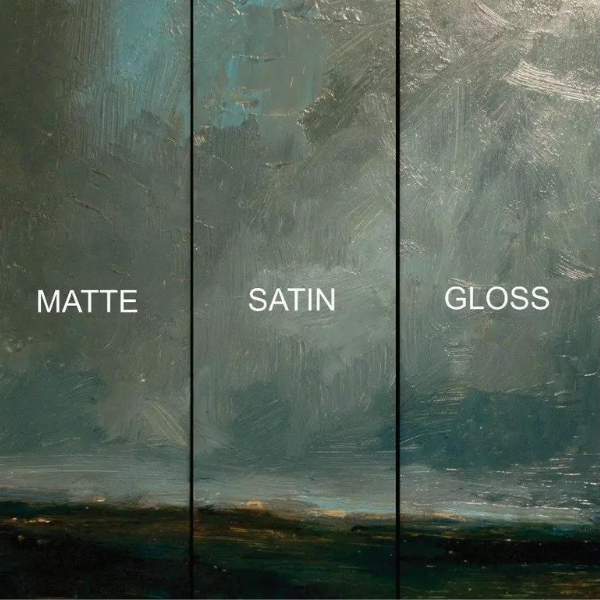
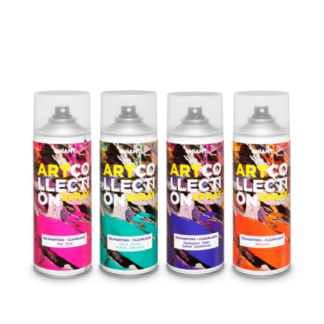
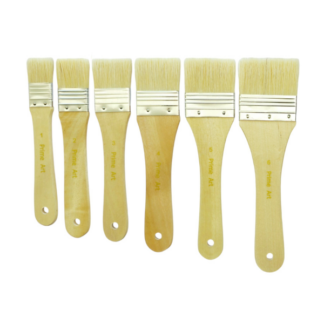
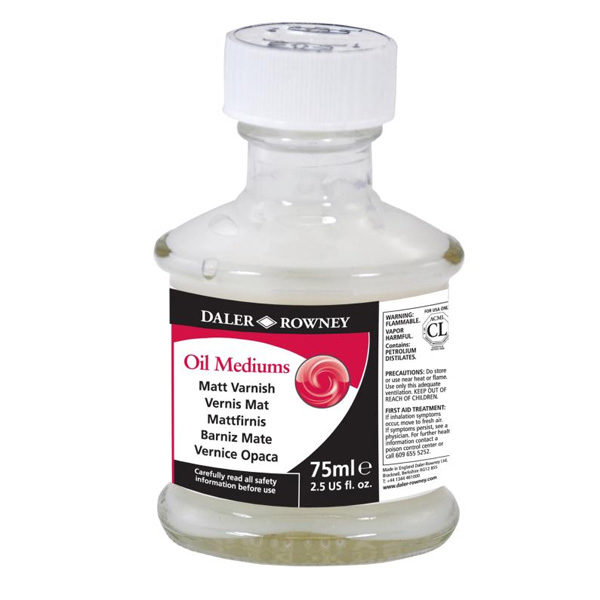
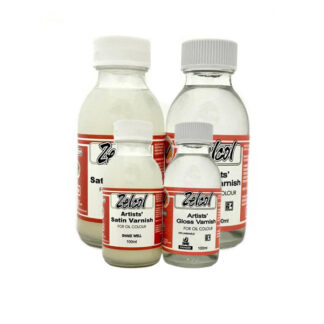
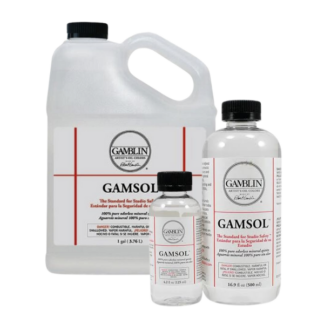
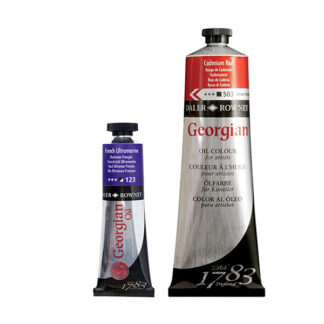
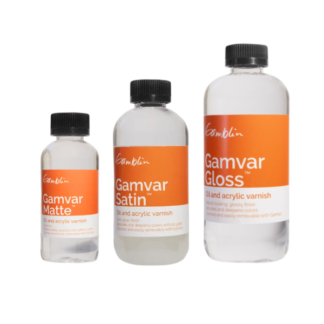
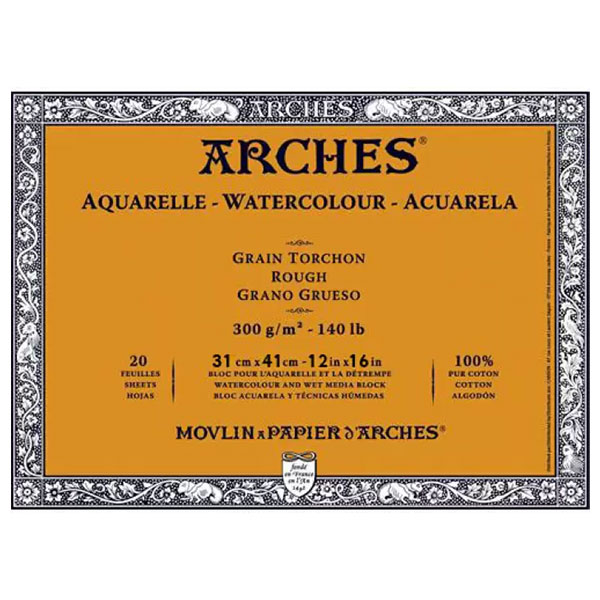


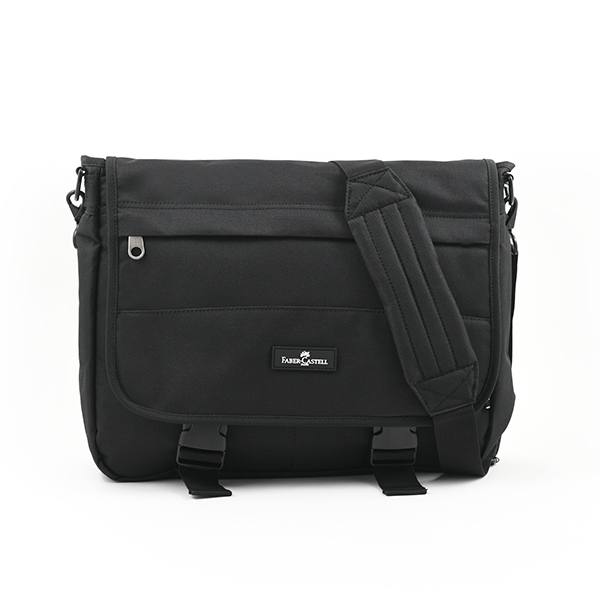

Reviews
There are no reviews yet.